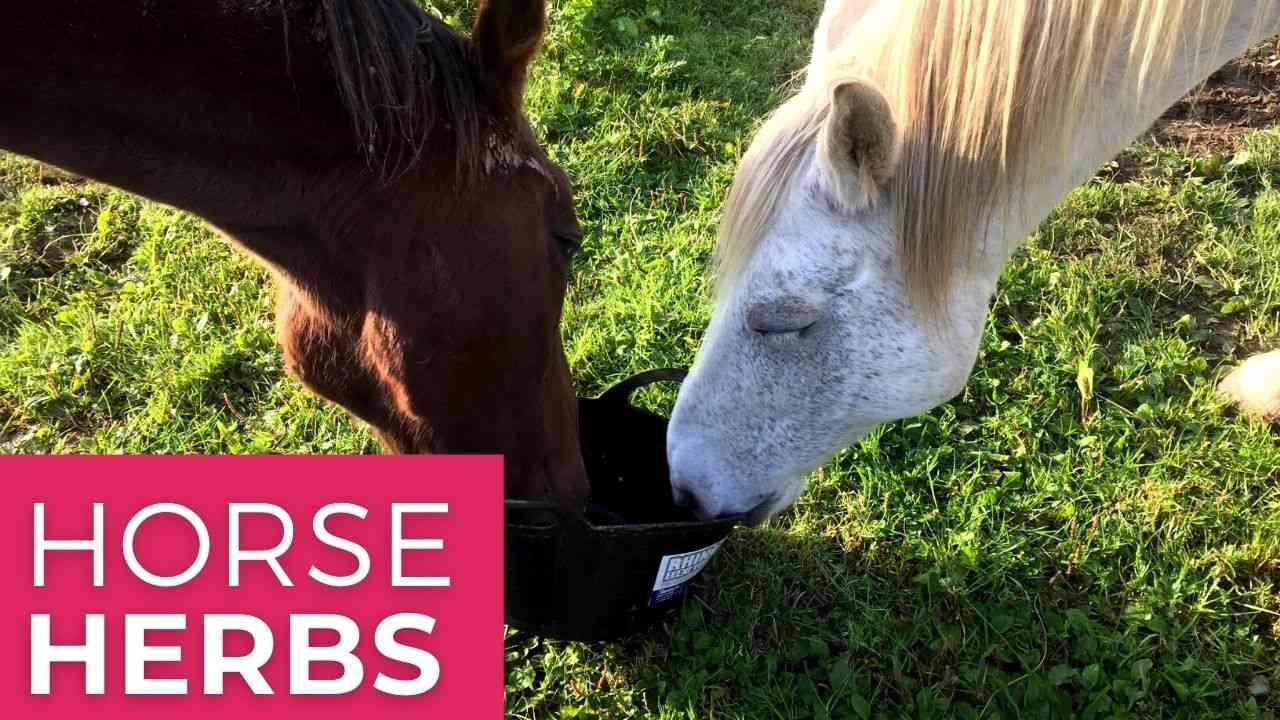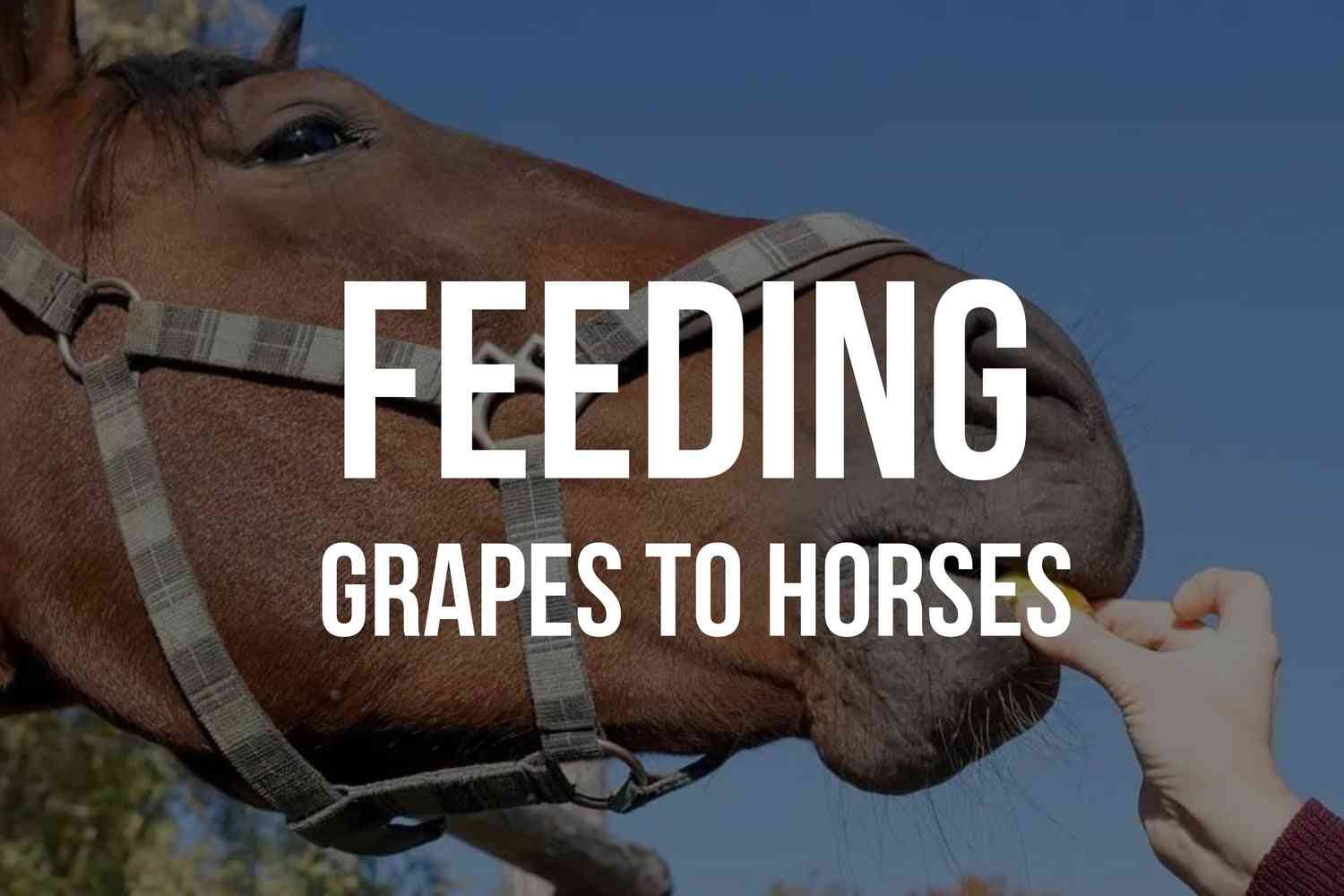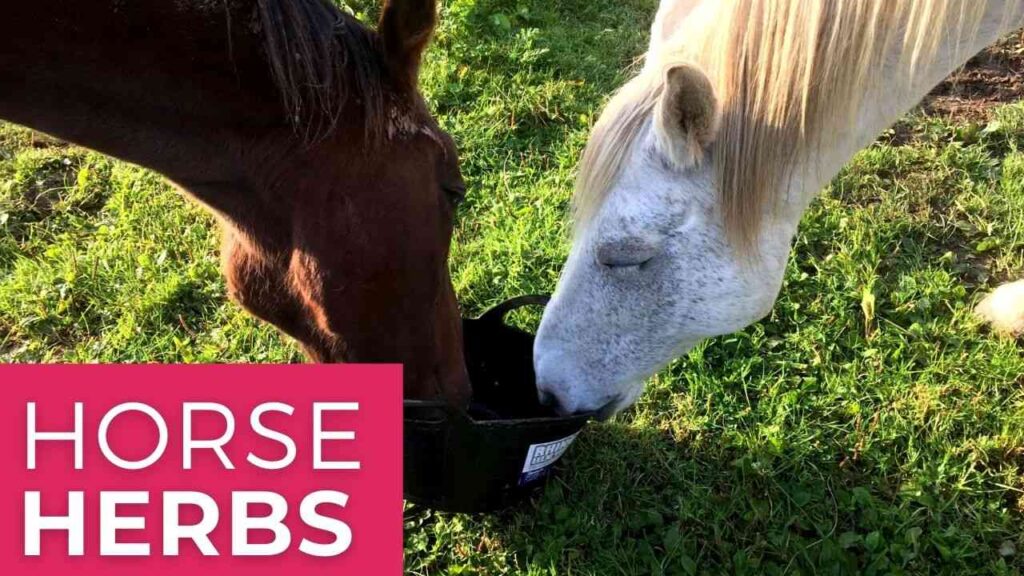- Horses can eat grape leaves, but moderation and proper preparation are key.
- Horse owners should be aware of the potential toxicities and health implications.
- Some grape plant parts can be harmful, so knowledge and precautions are necessary.
- Consult with a veterinarian before introducing grape leaves into a horse’s diet.
>> READ MORE:
- Can Horses Eat Grapes? – All Important Things You Should Know
- Discover the Surprising Truth: Can Horses Safely Snack on Grape Stems?
Contents
The Curiosity Around Horses and Grape Leaves
For centuries, grape leaves have been a part of human cuisine, particularly in Mediterranean diets. When considering the variety of food items fed to horses, a common question arises among equine enthusiasts: can horses eat grape leaves? The short answer is yes, horses can safely consume grape leaves, but there are caveats to this simplicity.
Nutritional Value of Grape Leaves for Horses
Grape leaves contain vitamins, minerals, and antioxidants beneficial to the overall health of horses when consumed in moderation. These nutritional attributes contribute to a horse’s well-being, supplementing their primary forage-based diet. However, while grape leaves can add diversity to a horse’s dietary regimen, they should not replace the fundamental feeds like hay and grass, which provide the requisite energy and fiber for a horse’s digestive system.

Potential Risks and Toxicities
As with any dietary change or addition, horse owners must be aware of the potential risks. Certain parts of the grape plant, including the fruit, stems, and seeds, may contain compounds that are toxic to horses. These can lead to an affliction known as grape toxicity, which can cause renal failure and other severe health issues in horses. It is, therefore, crucial to ensure the leaves are cleansed of any residual parts of the plant that could pose a health threat.
Proper Preparation and Serving
Before introducing grape leaves to a horse’s diet, owners should consult a professional, such as a veterinarian or an equine nutritionist. Once given the go-ahead, the leaves should be thoroughly washed to remove any potential pesticides, contaminants, or lingering parts of the grape plant. Serving should start with a small quantity to monitor the horse’s reaction. As grape leaves are not a natural part of a horse’s diet, paying attention to any signs of discomfort or adverse effects is essential.
Alternatives to Grape Leaves
If there is any hesitation or concern over feeding grape leaves to a horse, numerous alternative safe and beneficial foods can be offered. Carrots, apples, and other horse-approved treats can provide similar nutritional benefits without the associated risks of grape products. As horse enthusiasts prioritize safety and nutrition, finding suitable alternatives is often a wise decision.

Expert Insight and Recommendations
The mantra ‘everything in moderation’ applies aptly to the case of horses eating grape leaves. While they can be a nutritious snack, it is paramount that horse owners seek the guidance of experts and approach the inclusion of grape leaves in their horse’s diet with careful consideration and knowledge of the potential hazards. Regular check-ups and communication with the vet will ensure that the horse maintains its health and does not suffer any ill effects from dietary changes.
Conclusion
In conclusion, the truth behind whether horses can safely indulge in grape leaves is that they can, but with caution. Thorough knowledge of preparation techniques, awareness of potential toxicities, and the practice of moderation can allow horse owners to include grape leaves in their horse’s snack options without causing harm. Always prioritize the health and well-being of the horse, ensuring that its diet contributes positively to its physiological and psychological health.
Armed with this information, horse owners can make informed decisions and ensure their equine companions benefit from a varied, nutritionally rich diet that includes the occasional treat of grape leaves. The key to success lies in balance, knowledge, and the responsible application of dietary diversity.

